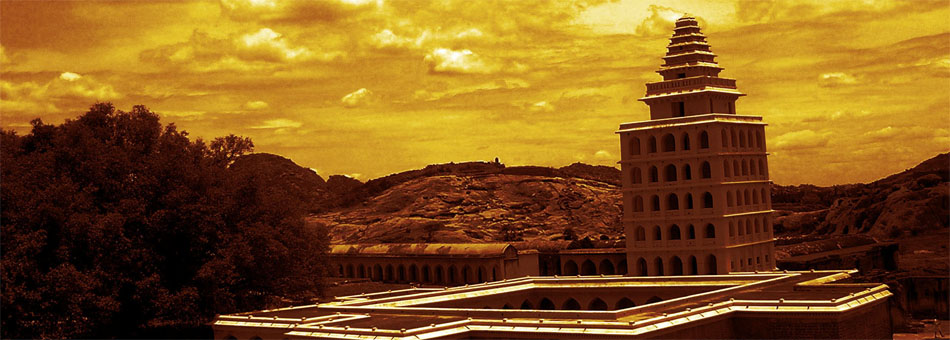 |
|
|
 |
|
|
| Gingee Home | Rajagiri Fort | Krishnagiri Fort | Kalyana Mahal |
| Sri Ranganatha Temple | Gate way of Pondicherry | Venkatramana Temple | Gingee Hotels |
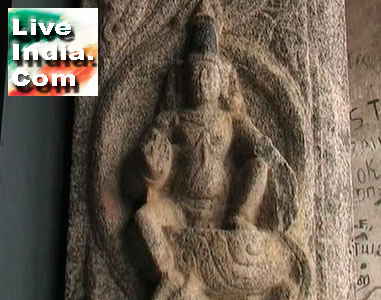 |
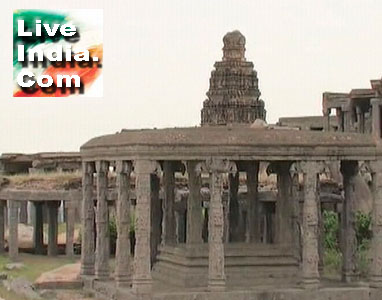 |
| History
of
To know about the Fort from Pre-historic time clear evidence were not available. With some of the collected details, historians framed the history of Gingee Fort. Living Place of Jains :- B.C. to 6 A.D In comparison with evidences available from other sources like the evidence of rock-cut inscription of Jain monk Chandranandhi, from the figures of twenty four Jaina Thirthankaras in Sinukadambur, from the figures of Jains ascetics in Thirunathar hill and from the evidences of rock-cut beds of Jains in the upper part of Krishnagiri hill and foot print on the hill top, Chakkildurgam (or) Sangilidurgam, historians strongly believe that Jains lived in Gingee from 200 B.C. in 500 A.D. Gingee Under the Pallavas :- (600 A.D. to 900 A.D) During the reign of the
Pallavas a cave temple was excavated in the natural hill in Singapuram.
They built a temple in Panamalai which is to the south of Gingee. In Mandagapattu,
which is 17 kms, away from Gingee, a cave temple was excavated in a rock.
A rock inscription portrays Pallava Mahendravarman (580 A.D. to 630 A.D.)
as Vichitrachitha. We can conclude from these evidences that Gingee was
once under the rule of Pallava kings and also the cave temples and rock
inscriptions at Singavaram and Melacheri situated near Gingee tell about
the Pallava regime in Gingee.
Gingee under the rule of Cholas :- (900 A.D. - 1103 A.D) From the rock-cut inscriptions in Aanangur, East of Gingee, it is known that after the decline of the Pallava kings, Gingee was under the contrl of Adita Chola (871 A.D. - 907 A.D.) Then during the reign of Adita Cola II and his broter Rajaraja Cola I (985 A.D- 1014 A.D.) it was called "Singapuranadu". From these evidences we come to know that Gingee was under the rule of the Cholas. Gingee under the rule of Later Pandya, Pallava and Hoysalas :- (1014 A.D. - 1190 A.D) From the Book ""Karnataka Rajakkal Savistara Charitham" British Historian Mecans says that after the rule of the Cholas, Gingee came under the supermacy of Pandya, Pallava and Hoysalas. |
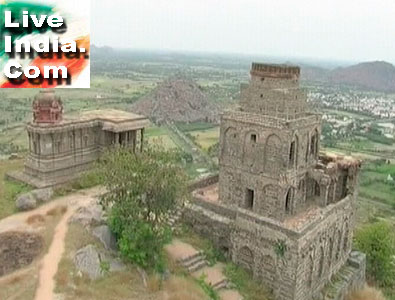 |
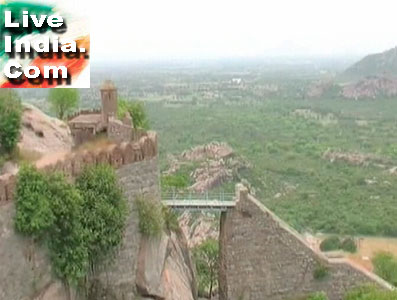 |
 |
| Gingee
under Konar Heritage : -(1190 A.D. - 1330 A.D)
Gingee was under the sway of chieftains, Anandha Koan, Krishna Koan and Pullia Koan even though there was no epigraphical evidences from Koan rule but it is specified in some books. By foreign sources we come to know that Anandha Koan built "Anandha Giri" and afterwards it became "Raja Giri" His son Krishna Koan built "Krishna Giri" The actual name of Gingee is 'Sengiri' meaning perhaps the "Red Hill" in Tamil that has got corrupted into Gingee. Some say that the name Sengiri originated from 'Sanjeevi' the hill mentioned in Ramayana from where Hanuman got the life saving herb, the Sanjeevini Booti for Lakshmana when he was lying unconscious during the war between Rama and Ravana. The Sanjeevi herb is the panacea of Indian mythology. It has been explained as the combination of two roots, Sam (pleasure) and Ji (life). The name has also been traced to Singavaram the neighbouring Vaishnavite shrine, whose lord is considered the guardian deity of the place. The local tradition has another explanation to offer. The legend runs that seven virgin sisters once lived here and one of them was known as Senjiamman. Their modesty was threatened with the possibility of violation of their chastity. Even though a valiant man named Thadikara Virappan rescued them from danger, they could not survive the insult and so committed suicide. Their spirits are even now believed to be haunting the place and considered the genii loci. Each of the sisters has got her own little shrine still existing and attracts votaries from the neighbourhood. It is very probable that Senjiamman who is worshipped on top of one of the hills gave her name to the particular hill and this afterwards came to be the common designation of the whole circle of hills and villages below. Another of the sisters,
Kamalakanniamman, has a shrine dedicated to her at the base of Rajgiri,
which, on certain days in the year attracts a great number of worshippers.
This hill was originally known after the goddess as Kamalagiri. Gingee
also had an earlier name known as Krishnapura. This name was possibly given
to it by its first ruling dynasty that were of shepherd class and whose
tutelary deity was Lord Krishna. However, it is possible that it might
have received the name from its powerful ruler, Krishnappa Nayak.
The development of the defense system at Gingee was adapted to the requirements of time like the progress of weapons, simultaneously giving due importance to the existing structures. Raja Desingh (AD 1714) who was a subordinate ruler under the Nawabs of Arcot becale famous for his heroic refusal to pay tax to his overlords. By the time of the Nawabs of Arcot and Gingee lost a great part of its strategic value. The insalubrity of the place did not attract economic activities. Captured by the English from the French in 1751, it was captured by Hyder Ali in 1780 and was regained by the English. By 1823 it was in total ruins. |
|
Live Video Gingee Fort Gingee in Puducherry
is one of the finest forts in South India.
|
 Advertise here |
| Gingee Home | Rajagiri Fort | Krishnagiri Fort | Kalyana Mahal |
| Sri Ranganatha Temple | Gate way of Pondicherry | Venkatramana Temple | Gingee Hotels |
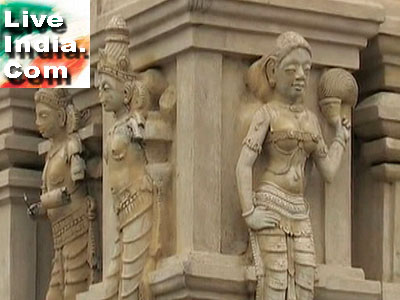 |
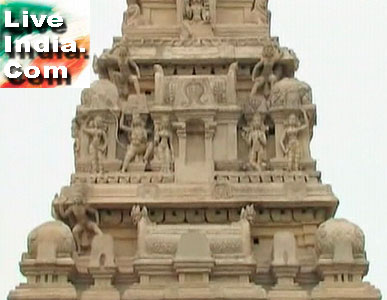 |
| Gingee Home | Rajagiri Fort | Krishnagiri Fort | Kalyana Mahal |
| Sri Ranganatha Temple | Gate way of Pondicherry | Venkatramana Temple | Gingee Hotels |
 |
 |
|
| Privacy Policy for LiveIndia.Com |
|
|